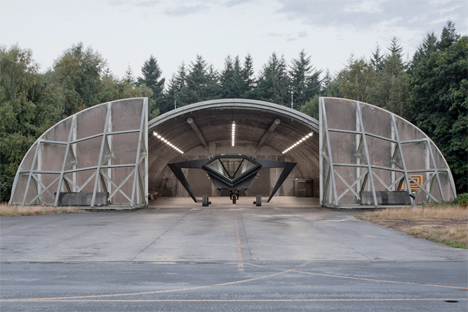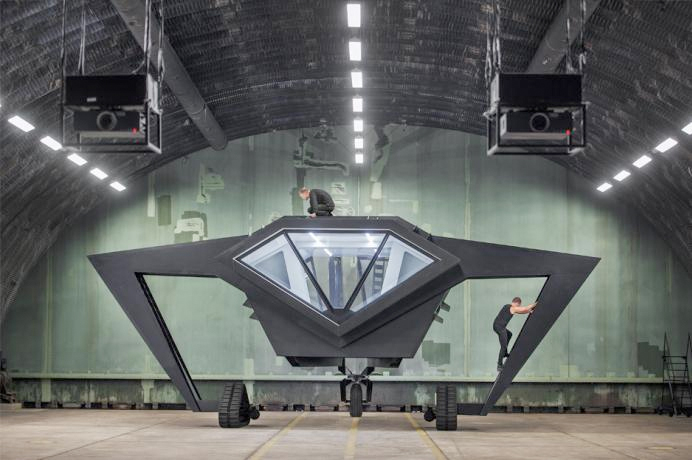This morning, DJI hosted a panel of experts in the aviation field, including the Federal Aviation Administration’s (FAA) Jay Merkel and AUVSI’s Tracy Lamb, to discuss the implementation of airplane and helicopter detectors in its new consumer drones starting January 1, 2020. Every drone model weighing over 250 grams will have AirSense Automatic Dependent Surveillance-Broadcast (ADS-B) receivers installed.
AirSense technology, which is a product of over 30,000 hours of development efforts by DJI engineers on all security measures, works by receiving ADS-B signals from nearby airplanes and helicopters. It allows drone pilots to detect and avoid traditional aircraft nearby. ‘I was an F-18 pilot years ago, and when you’re going that fast, it’s really hard to see anything. … ADS-B is certainly one of those things that for all pilots, and for controllers as well, becomes a situational awareness tool’ said Houston Mills of UPS Airlines, at the panel.
AirSense is currently embedded in some of DJI’s enterprise-level drones including the Mavic 2 Enterprise. The manufacturer now aims to make the same level of safety and security available to consumers. Instead of relying on sound or sight, ADS-B can identify planes and helicopters from miles away, and display the location on the screen of the remote.
 |
Along with the announcement, DJI has released a comprehensive 37-page ‘Elevating Safety’ white paper outlining efforts they have taken to ensure that drones and their operators remain compliant. One significant burden to innovation in improving safety measures has been the media’s numerous inaccurate portrayals of reckless drone use. Most claims, including the incidents at Gatwick and Newark airports, are still unfounded.
DJI stands by the fact that existing data on drone safety is inaccurate. However, they understand they need to continually focus on research, development, education, and advocacy for solutions that will improve safety. They’ve outlined their intentions with the following 10 points:
1. DJI will install ADS-B receivers in all new drones above 250 grams.
2. DJI will develop a new automatic warning for drone pilots flying at extended distances.
3. DJI will establish an internal Safety Standards Group to meet regulatory and customer expectations.
4. Aviation industry groups must develop standards for reporting drone incidents.
5. All drone manufacturers should install geofencing and remote identification.
6. Governments must require remote identification.
7. Governments must require a user-friendly knowledge test for new drone pilots.
8. Governments must clearly designate sensitive restriction areas.
9. Local authorities must be allowed to respond to drone threats that are clear and serious.
10. Governments must increase enforcement of laws against unsafe drone operation.
These 10 steps are DJI’s proactive plan for addressing the continual growth in the drone industry. It divides responsibility between the government, remote pilots, and the company to ensure drones continue to safely integrate into airspace.
Articles: Digital Photography Review (dpreview.com)




































You must be logged in to post a comment.